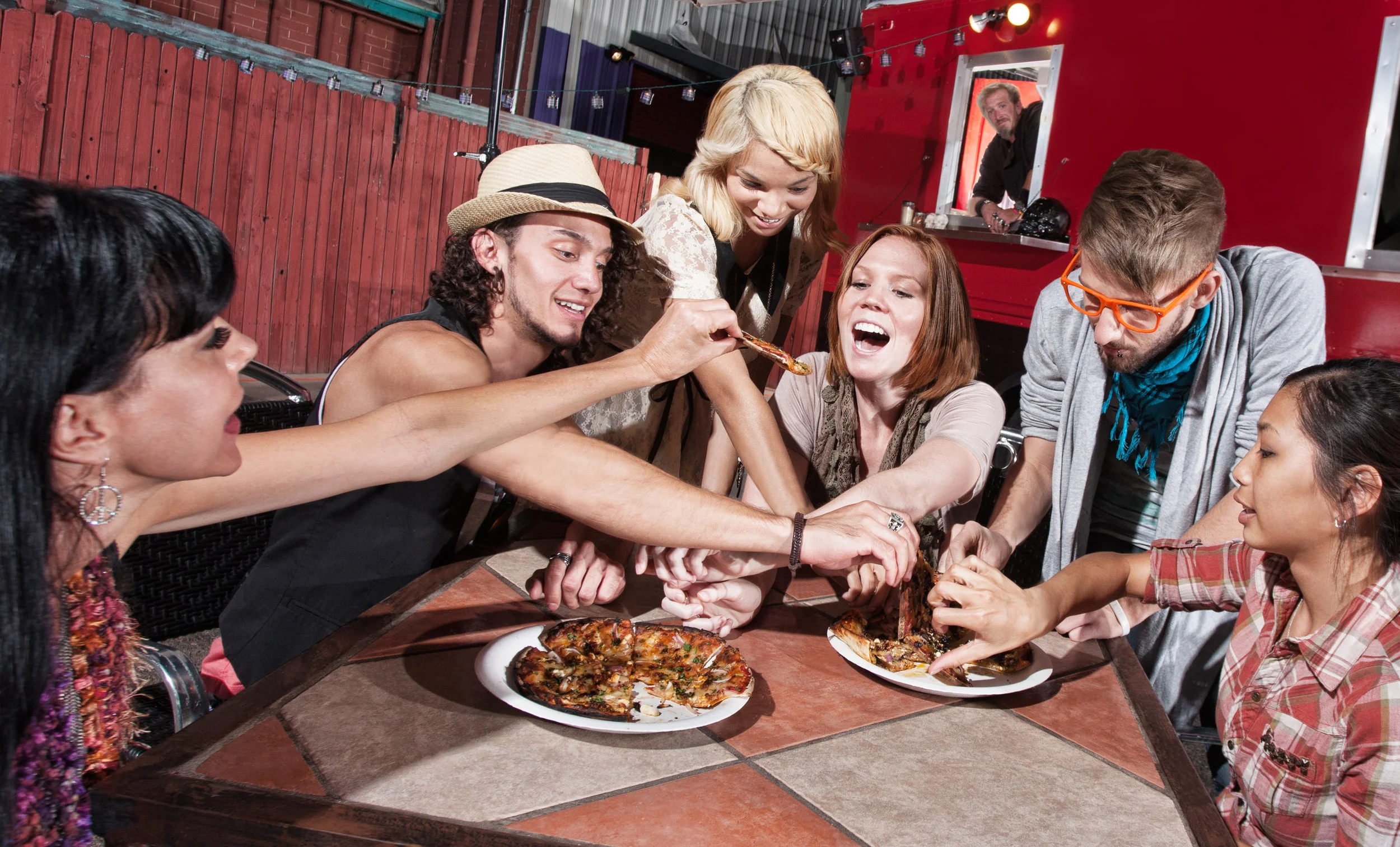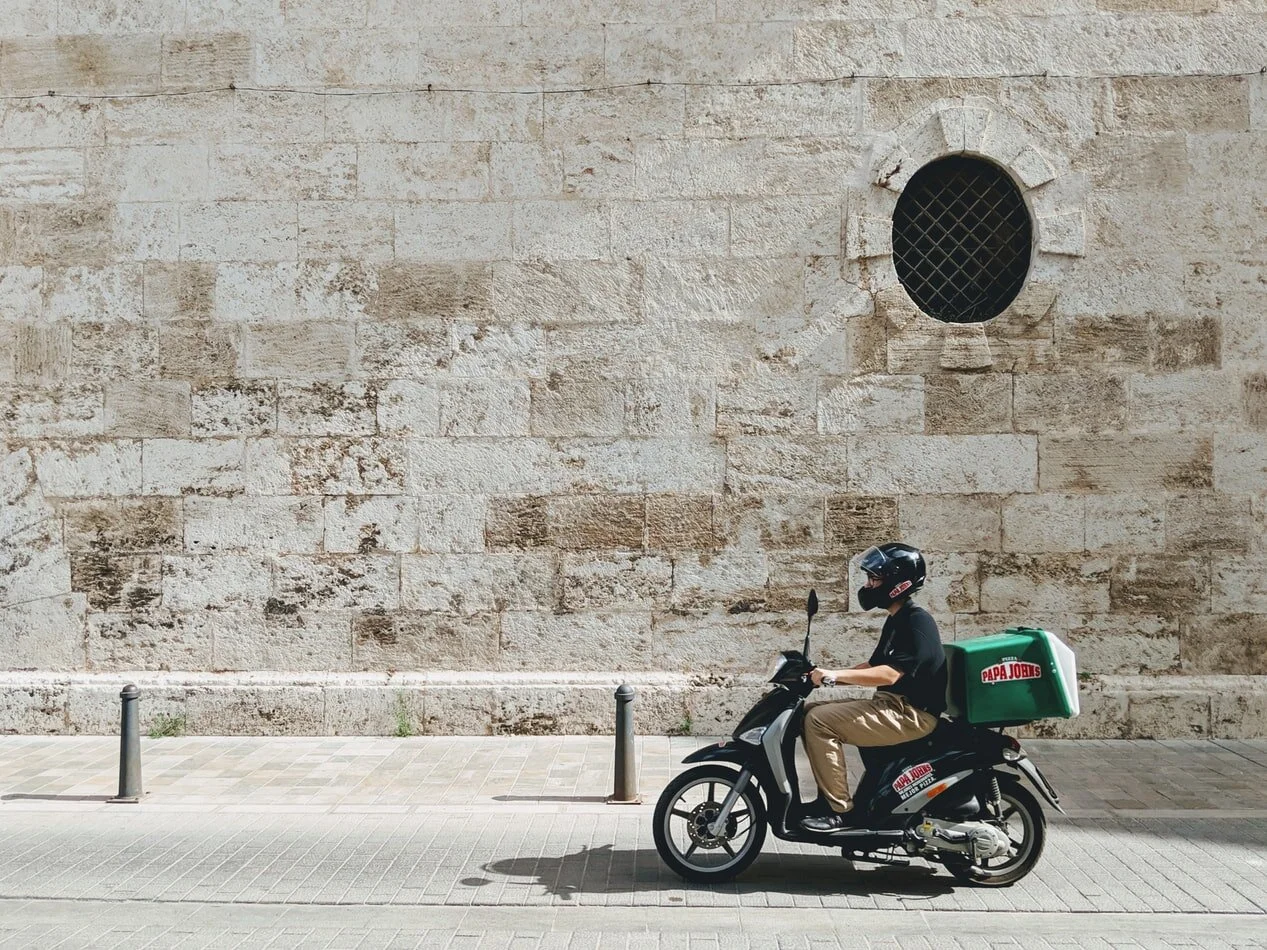As Millennials take over more of your restaurant’s or sports bar’s daily business, the more you need to focus on their wants and needs. You need to convince them you’re the best spot on the block and keep coming back.
Of course, one of the biggest struggles for any restaurant is creating that stickiness that gets guests coming back and becoming regulars.
Some restaurants over the years have turned to loyalty programs to help bridge that gap. Loyalty programs are a type of rewards program offered by restaurants to guests who frequently make purchases at their location. Loyalty programs’ rewards vary, but typically revolve around getting discounted or free menu items.
But building a good loyalty program is hard. And according to a new study by Software Advice, 59% of Millennials quit loyalty programs.
Yikes!
So, should you abandon the idea of loyalty programs?
Maybe yes. Maybe no.
I know. But let’s dive into it a little more.
First, why do Millennials quit loyalty programs?
The biggest reason is Millennials find the rewards from loyalty programs not valuable enough. Likewise, they also don’t think the discounts offered from loyalty programs are high enough.
This ties into your margins. If your profit margin is already razor thin, it’s hard to give bigger, more enticing discounts. There’s only so much profit you make and the bigger the discount, the more of a hit you take.
Of course, raising your menu prices is a tricky and difficult decision, too.
If you can swing it, increasing your rewards is the easy answer. Make the discounts higher ($2 off isn’t going to make anyone come running to your location). But you also need to make sure those rewards are accruing fast enough. Half of Millennials polled think loyalty programs rewards move too slow.
A solution: Millennials grew up playing video games.
Millennials are used to games where they level up quickly early on for small rewards and then get bigger, better rewards at higher levels.
Use this model for your rewards program.
You could rework your loyalty program to operate like a video game. After a few visits they go from Level 0 to Level 1 and get a free drink. But at higher levels, let’s say Level 15, they get a free meal for theirself and a partner.
The rewards can be whatever works for your bar or restaurant, but the videogame model is a familiar one and an engaging one. And that’s what you want – engagement.
What rewards do Millennials want?
Giving them a t-shirt with your logo on it probably isn’t going to drive loyalty with Millennials. They came out of school in the Recession and are generally paid less than previous generations. Money is tight, so money-related rewards are a great driver.
Per the study, discounts were the biggest motivator for Millennials. But remember the discount needs to be high enough to entice them to try to earn it.
Similarly, Millennials like points for money spent. That’s how Foodler works. Points are generated for X-amount of dollars spent and can be later used for money off future orders.
Points for dollars creates stickiness as the guest has future money invested. To go elsewhere feels like throwing money away.
How do Millennials want to track/redeem rewards?
Here comes the rub for a lot of indie restaurants. Millennials are a tech-generation, and like using a smartphone or tablet app to track their progress.
Of course, building a mobile app isn’t exactly cheap. Depending on the complexity and customization, apps can be anywhere from several thousand to $100,000. Most independent restaurants don’t have the capital or in-house know-how to create one from scratch.
The good news is you may not need a full-on dev-team anymore. There are numerous app-building companies that allow for some simple design and functionality. Do a little research and see what might work best for you.
(If a post on which restaurant app-dev programs work best is of interest to you, let us know!)
Whatever you do, just stay away from disposable punchcards. Virtually all Millennials couldn’t be bothered by such a simple and “archaic” piece of technology. Not to mention they get lost or ruined easily.
So when you dig into the numbers, it might not be that Millennials hate loyalty programs; it’s more that most businesses haven’t crafted a loyalty program that speaks to them. Like anything else, it takes some legwork to understand your customer base to target them.











